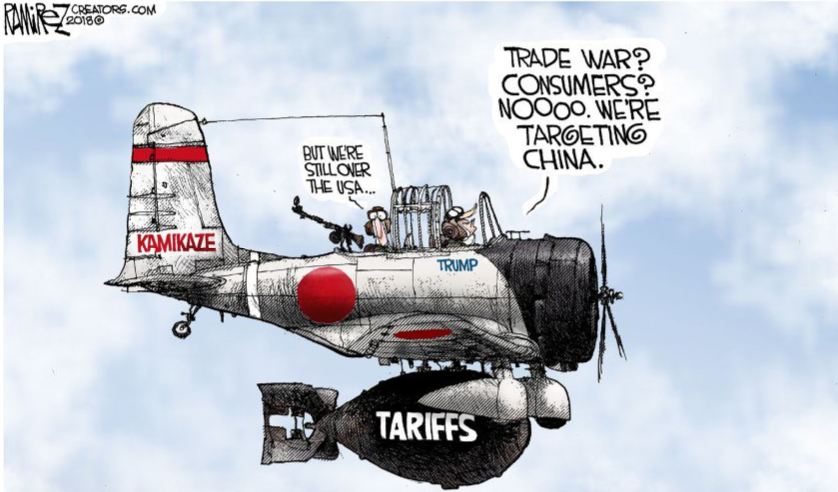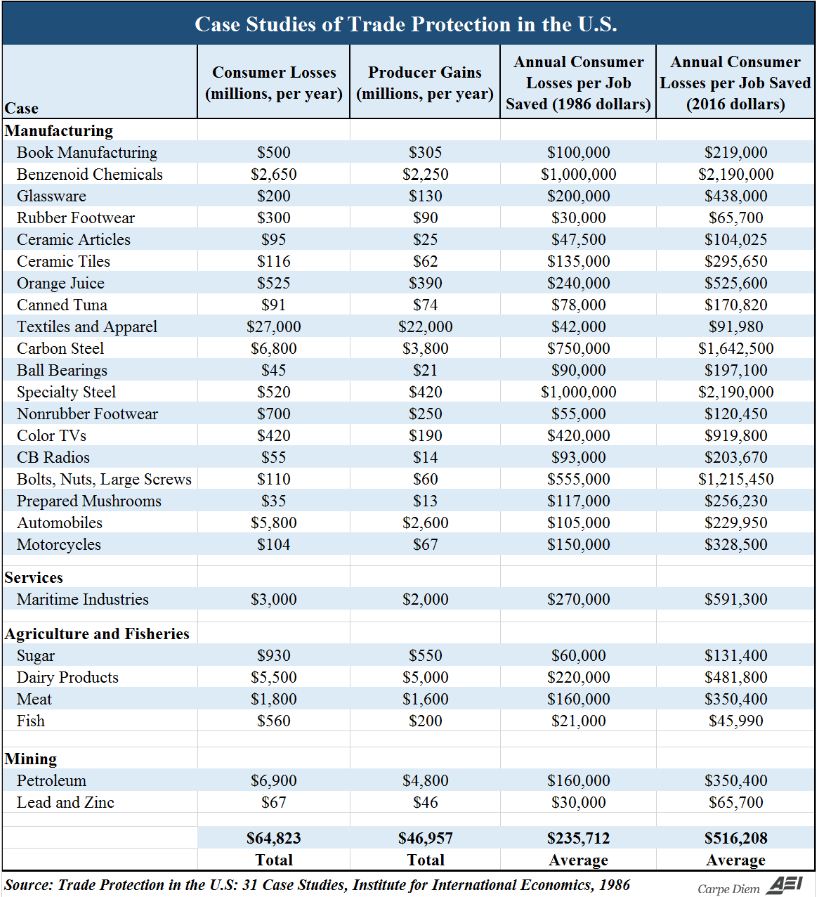A number of economists and commentators have argued that government-imposed social distancing laws should be relaxed sooner rather than later: Brutal government restrictions have led to collapsing output, skyrocketing unemployment, and long lines for welfare funded by ballooning government debt.
Discussing Economic Growth
The response to this argument, in some circles, has been disgust. After all, what kind of person would risk people’s lives in the name of the economy? But here is where the discussion has cratered into a false dichotomy. The idea that this debate is about a trade-off between saving lives and saving GDP numbers represents a widespread and frustratingly tragic misunderstanding of why economic growth matters. The first reason, amongst many, is that economic growth is how we save more lives tomorrow than we can today.
A growing economy means that, over time, the community will enjoy increasing real incomes. As incomes grow, people will spend a smaller portion of their money on necessities and a larger share on their personal wellbeing and health. This, in turn, encourages more capital investment in health and a larger share of the labor force can move into nursing and medicine.
Therefore, if our economy grows quickly, a larger share of our wealth will be redirected towards the healthcare system. Growing demand for healthcare services encourages innovation, entrepreneurship, and medical research, all of which means that more lives will be saved tomorrow, the next day, next year, and years into the future. Conversely, if economic growth collapses, we know that more people will die in the future. Lower growth today means fewer lives saved next year.
Three Percent GDP Contraction
The IMF is anticipating that the global economy will contract by three percent this year as a consequence of the ongoing pandemic and national government policy responses (social-distancing laws). A three percent contraction means that the world loses roughly $9 trillion (USD). According to a 2019 report from the currently maligned World Health Organisation, roughly ten percent of global GDP is spent on health.
In other words, a contraction of three percent in global GDP means that the world’s healthcare services will lose $900 billion (USD). How many lives could we have saved with an extra $900 billion? How many lives will not be saved because the health industry is going to lose $900 billion? Economic recessions cost lives. Not just today, but in the years to come as medical technology that would have been developed stays in incubation and health insurance that would have been affordable is just a bit too expensive.
This line of reasoning does not even take into account the real suffering inflicted by lost jobs and ongoing unemployment. It does not consider the human cost of being unable to pay rent or mortgage payments. It does not consider the mental health and domestic abuse problems exacerbated by keeping people inside. Much of the human suffering created by these lockdown laws is almost impossible to quantify.
To be clear, I am not arguing that governments should relax all social distancing measures overnight. A recent paper from economists at the New York Federal Reserve Bank has found evidence suggesting that some lockdown provisions may actually be better for the economy in the long run than allowing COVID-19 to run rampant through the population. Maintaining certain lockdown laws for the next few months may be the optimal policy choice.
My point is that, in terms of saving lives, it is not at all clear which option is superior. Sacrificing economic growth in the name of stopping the spread of COVID-19 will lead to deaths. Prioritizing economic growth over slowing down COVID-19 will also lead to deaths. Both options are horrible. The challenge is working out which one will kill the fewest and it is not a simple equation to solve. To claim that the best policy choice is obvious is to massively oversimplify a complex world.

Mitchell Harvey
Mitchell Harvey is a Teaching Associate and Research Assistant in the Monash University Economics Department.
This article was originally published on FEE.org. Read the original article.




